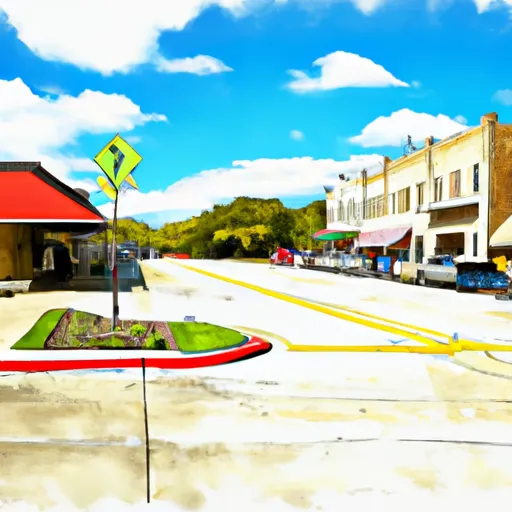°F
°F
mph
Windspeed
%
Humidity











Bend, Texas is a small town located in the western part of the state. The climate in Bend is considered to be semi-arid, with hot summers and cool winters. The area is prone to drought, and water conservation is important. The hydrology constituents of Bend include the Colorado River, which flows nearby, and the San Saba River, which runs through the town. Outdoor recreation opportunities abound in Bend, including hiking and scenic drives in the nearby Colorado Bend State Park. The park offers visitors a chance to explore the Hill Country, with opportunities for fishing, swimming, and camping. The area is also known for its unique rock formations, including the Gorman Falls, a 65-foot waterfall that is a popular destination for hikers.
Weather Forecast
Bend receives approximately 747mm of rain per year, with humidity levels near 73% and air temperatures averaging around 19°C. Bend has a plant hardyness factor of 8, meaning plants and agriculture in this region tend to thrive here all year round.
Regional Streamflow Levels
4
Cubic Feet Per Second
3
Cubic Feet Per Second
1
Cubic Feet Per Second
289
Cubic Feet Per Second
Nearby Camping
| Camping Area | Reservations | Toilets | Showers |
|---|---|---|---|
| Black Rock Park | |||
| Cedar Point Rec Area | |||
| Canyon of the Eagles Nature Park | |||
| Inks Lake State Park | |||
| Joe Ragsdale RV Park | |||
| San Saba Golf RV Park |



